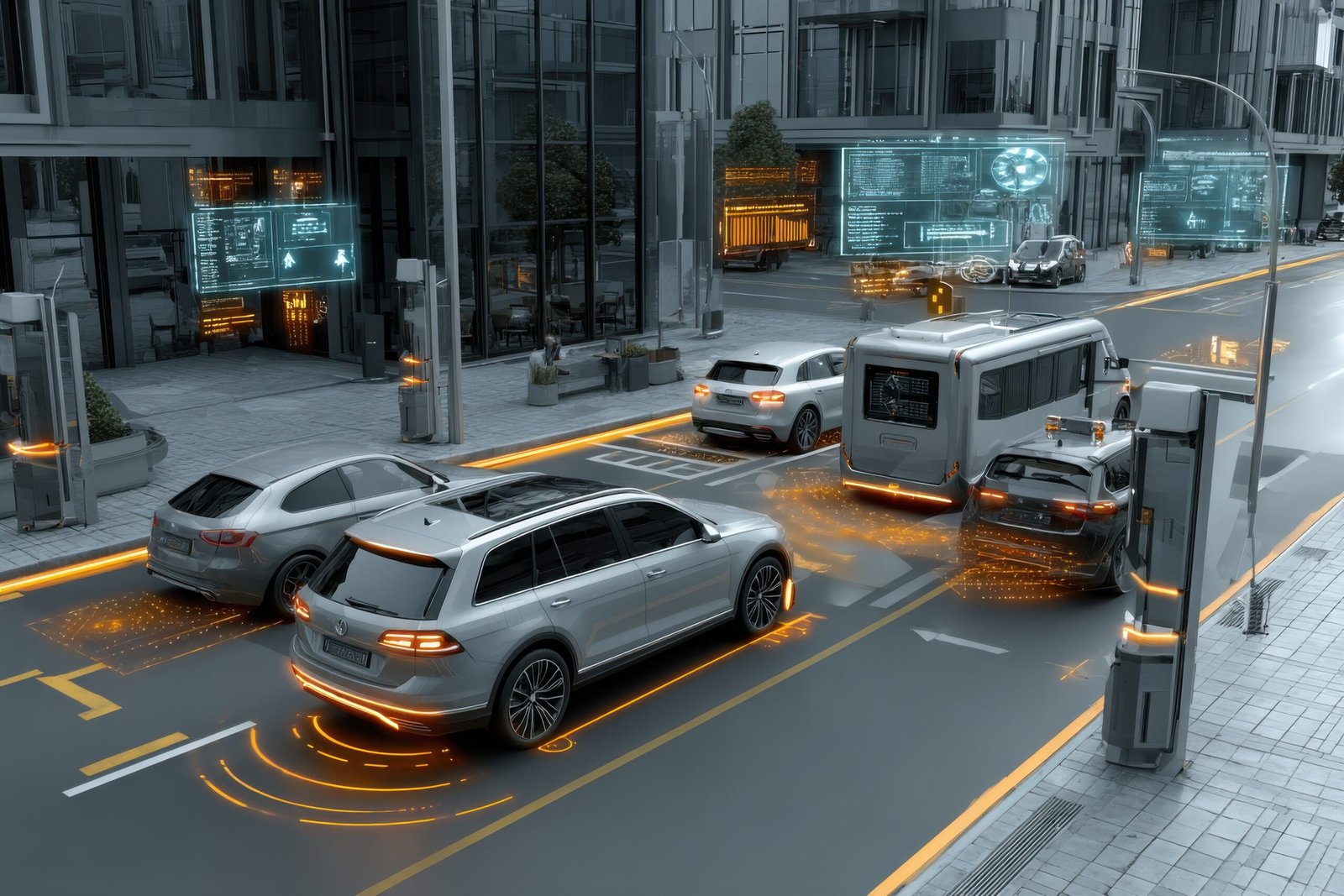
Introduction Autonomous Vehicle
Autonomous Vehicle i find the concept of autonomous vehicles endlessly captivating. These self-driving wonders are redefining how we think about mobility, safety, and the daily commute. If technology is the engine of modern life, then autonomous vehicles are steering us straight into the future!
Understanding Autonomous Vehicle
Autonomous vehicles, sometimes called self-driving cars, are equipped with complex sensors, cameras, and artificial intelligence (AI) systems. They can navigate themselves without human input, making instant decisions based on the environment. Whenever I think about how far this technology has come, I can’t help but marvel at the progress.
Developers rely on a blend of machine learning, radar, lidar, and high-definition mapping. All these pieces work together seamlessly so the vehicle knows when to accelerate, brake, change lanes, or avoid obstacles—often faster than a human could. The intelligence baked into these systems feels almost sci-fi, but it’s real and evolving rapidly.
Key Benefits of Autonomous Vehicle
There are so many upsides to self-driving technology:
- Improved Safety: The majority of traffic accidents are rooted in human error. Autonomous vehicles promise to dramatically reduce collisions by eliminating distractions and making calculated driving decisions.
- Enhanced Accessibility: Imagine the newfound freedom for those who are elderly, disabled, or otherwise unable to drive.
- Reduced Traffic and Emissions: Smart route optimization could lead to fewer traffic jams, better fuel efficiency, and cleaner air.
- Productivity Gains: Passengers can finally reclaim travel time for work, reading, or even a nap, rather than stressing over traffic.
The Roadblocks to Mass Adoption
Naturally, as excited as I am about this technology, it’s important to acknowledge the challenges, too:
- Regulatory Hurdles: Lawmakers and governments are working to keep up with rapid advancements, but safety standards are still evolving.
- Technical Limitations: Bad weather, unusual road layouts, and unpredictable human behavior can trip up even the most advanced AI systems.
- Ethical Considerations: How should an autonomous car make split-second life-or-death decisions in a crisis? These moral dilemmas spark ongoing debate.
- Public Acceptance: Trust doesn’t come overnight. Many people still feel uneasy about surrendering control to a machine, especially at highway speeds.
Real-World Examples
Big players like Tesla, Waymo, and Cruise are already testing autonomous vehicles on public roads. Some cities have seen limited deployments of autonomous taxis, buses, or delivery vehicles. Each pilot project moves us closer to a world where hailing a self-driving ride is as normal as calling a cab.
It’s fascinating to observe these early adopters navigating both the excitement and operational hiccups that come with charting new territory. I’m always eager to track their progress and wonder which city will be next to embrace these fleets.
Looking Ahead
So what does the future hold? I believe autonomous vehicles are poised to become a fixture of the modern world. As sensor technology gets sharper and AI more sophisticated, the dream of safe, universal mobility inches closer. Urban planners are even reimagining city spaces with fewer parking lots and more green areas, preparing for this inevitable transformation.
But, as with all revolutionary tech, the journey will take time and plenty of collaboration between automakers, regulators, and the public.
Conclusion Autonomous Vehicle
In my eyes, autonomous vehicles represent one of the most exciting shifts of our era. From boosting road safety and accessibility to challenging our notions of personal mobility, the ripple effects are vast. While hurdles remain, the wheels of change are turning. I can’t wait to see what the next chapter brings—and maybe one day I’ll be reading this while being chauffeured by a smart, attentive robot on wheels!


